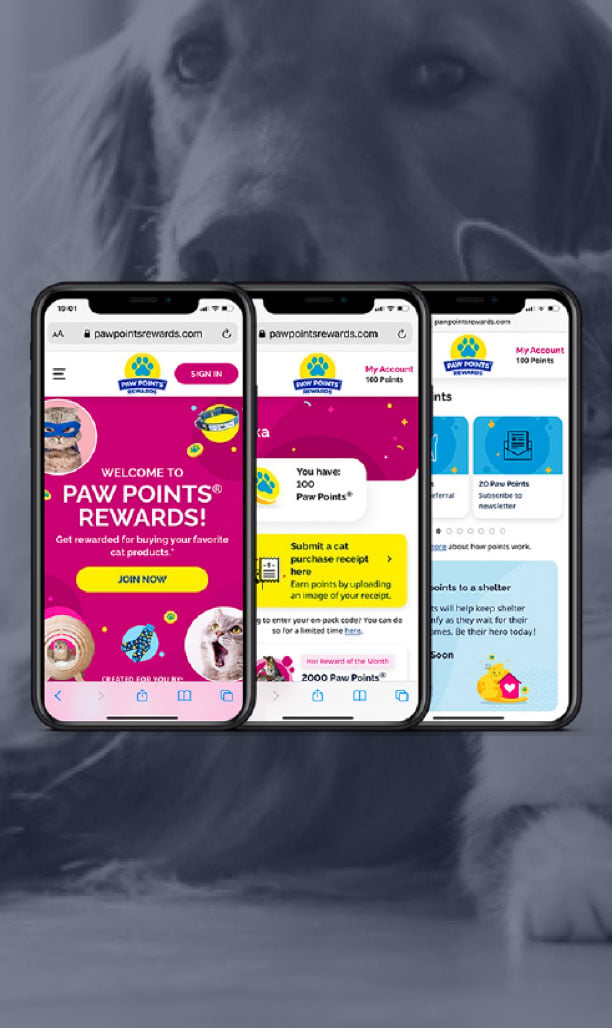Welcome to your complete guide to customer engagement marketing! Discover how to grow and maintain customer relationships at scale with a successful customer engagement strategy.
It feels odd that we live in a world where 66% of customers expect companies to understand their unique needs, but only 34% of them do. And while almost everyone agrees that customer engagement significantly contributes to business profitability, not enough brands have a marketing brand engagement strategy that works.
This is because striking the right balance is hard. While customers expect a personalised experience, they also value their privacy and personal data more than ever. And once you’ve got the balance, it can be challenging to create programs that scale globally.
But we continue to strive towards delivering these types of experiences because engaged customers are valuable. It’s thought that fully engaged customers represent a 23% higher share in profitability, revenue, and relationship growth. They’re easier and cheaper to convert into sales. So, this guide will help you understand customer engagement, build a scalable strategy, and make the most of the latest martech innovations to power it.
Let’s get started.









